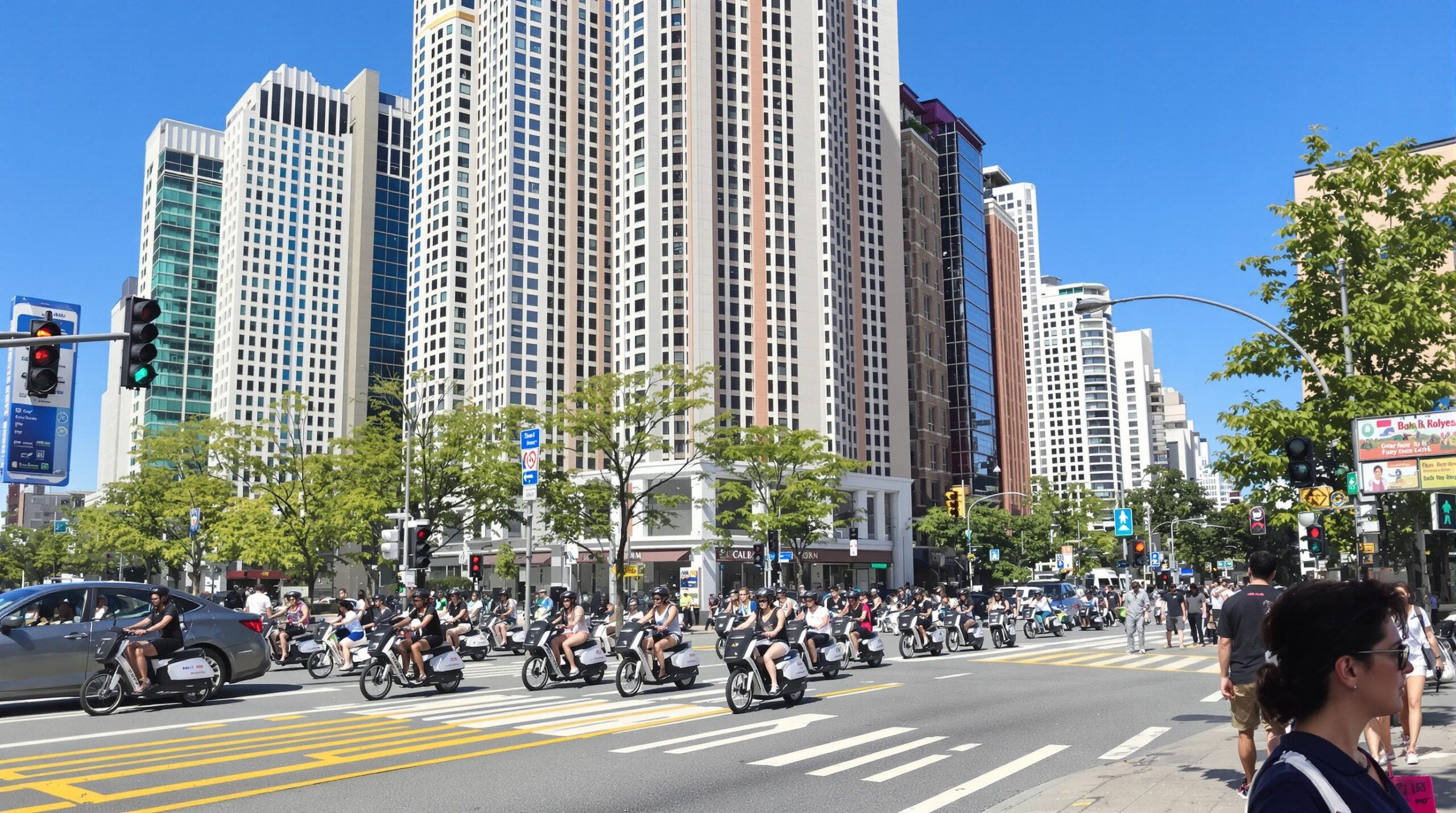Revolutionizing Commutes: Autonomous Bicycles Hit City Streets
Cities worldwide face growing challenges with traffic congestion and pollution. Urban planners seek innovative solutions to simplify commuting and enhance sustainability. One solution garnering attention is the advent of autonomous bicycles. These self-driving bikes offer promising alternatives to traditional transport, redefining city commutes.
The Emergence of Autonomous Bicycles
Autonomous bicycles first appeared in research labs and technology expos. Technological advancements enabled bikes to navigate city streets without human riders. Early prototypes featured basic sensors, GPS systems, and simple navigation controls. Over time, intelligent algorithms allowed these bikes to detect obstacles, avoid collisions, and follow mapped routes.
Engineers drew inspiration from self-driving cars and robotics. As components became smaller and smarter, integrating them into bicycles grew easier. Companies such as Google and start-ups like Tortoise and Mobike spearheaded the development of autonomous bike prototypes. Their inventions aim to transform personal and shared transportation, leading to a paradigm shift for commuters.
How Autonomous Bicycles Work
Modern autonomous bicycles combine various technologies for safe, efficient operation. Most models use lidar, cameras, and ultrasonic sensors to constantly monitor surroundings. These bikes process real-time data to detect pedestrians, obstacles, and changes in road conditions. AI-driven navigation systems select optimal routes based on traffic patterns and user preferences.
Many autonomous bikes operate through mobile apps or connected devices. Riders can summon bikes to their location as they hail rideshare cars. The bike navigates to the user autonomously and docks itself after use. Some systems enable bikes to self-rebalance across the city, ensuring availability in high-demand areas and reducing the need for manual redistribution.
Urban Benefits and Environmental Impact
City officials view autonomous bicycles as valuable tools for easing congestion. By encouraging bike sharing, traffic volumes decrease and emissions are reduced. Bikes require less space than cars, freeing up roads and parking spots. They also make first-and-last-mile travel to transit stations easier and more efficient.
Unlike motor vehicles, autonomous bikes produce no emissions. Their integration with electric or hybrid propulsion assists riders on hills while remaining eco-friendly. Widespread adoption could significantly lower urban carbon footprints, aligning with city goals for greener public transport, clean air, and improved public health outcomes.
Challenges on the Road to Adoption
Despite impressive technological strides, integrating autonomous bicycles presents challenges. Urban infrastructure must adapt to accommodate these new vehicles safely. Dedicated bike lanes and smart traffic signals help bikes communicate with their environments. However, retrofitting older cities may require considerable investment and careful planning.
Ensuring pedestrian safety remains a top priority. Regulatory authorities must develop rules for autonomous vehicles on shared pathways. Liability concerns, software glitches, and security risks must be addressed before widespread deployment. Robust guidelines and transparent testing are essential to win public trust and guarantee safety.
Cost also influences adoption rates. While shared autonomous bikes offer affordable access, the initial setup can be expensive for cities or private companies. Long-term, efficient redistribution systems and durable bike designs can reduce operational costs, benefiting users and operators alike.
Transforming Daily Commuting Patterns
Commuters stand to gain significantly from autonomous bicycles. “Last mile” problems, where public transit fails to bring users directly to their destinations, often deter ridership. Autonomous bikes bridge these gaps efficiently by moving to user-specified spots and returning autonomously to docks or new riders.
Flexible, on-demand availability increases convenience. People who previously avoided bike commutes due to distance or logistics now have viable options. Students, elderly individuals, and those with mobility issues benefit from assisted riding profiles built into some bike models. These adaptable features promote inclusivity and make independent city travel easier for all.
Corporate campuses and large event venues are also adopting fleets of autonomous bikes. Staff and visitors enjoy seamless transit across sprawling properties. This model reduces the reliance on gas-powered shuttles or personal vehicles, contributing to sustainability goals.
Global Cities Setting the Pace
Several cities lead global trials of autonomous bicycle programs. In China, smart bike-sharing networks have incorporated autonomous units in select districts. Prototypes in San Francisco and London navigate complex traffic scenarios, providing data for improving navigation systems and safety algorithms.
Pilot projects often partner with local transportation authorities and universities. This collaborative approach helps address regulatory, safety, and public acceptance challenges. Developing cities hope to leapfrog older, car-centric models by embracing next-generation mobility solutions.
The Future Outlook for Autonomous Bicycles
The path ahead for autonomous bicycles is promising yet complex. As technology matures, bikes will integrate seamlessly with smart city infrastructure. Collaboration between local governments, technology companies, and the public fosters acceptance and ensures ongoing safety improvements.
Policy development must keep pace with innovation. Transparent frameworks encourage responsible rollouts and prevent misuse or data privacy breaches. Public outreach, education campaigns, and pilot demonstrations can build trust and address misconceptions.
Future models may offer advanced features, including weather detection, adaptive speed control, and integration with multimodal transit apps. Cities will collect anonymized data to optimize routes and improve transport services citywide.
Conclusion: Riding Toward a Smarter Commute
Autonomous bicycles present a compelling vision for the future of city commuting. Their potential to reduce congestion, emissions, and travel times attracts growing interest from cities worldwide. Realizing these benefits requires thoughtful planning, robust technology, and stakeholder collaborative efforts.
As more cities pilot autonomous bike programs, commuters will experience the transformative power of innovation in everyday travel. Urban life stands on the brink of a new era—one where sustainable mobility solutions are not simply imagined but actively embraced.

